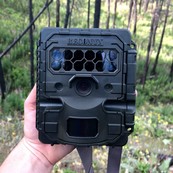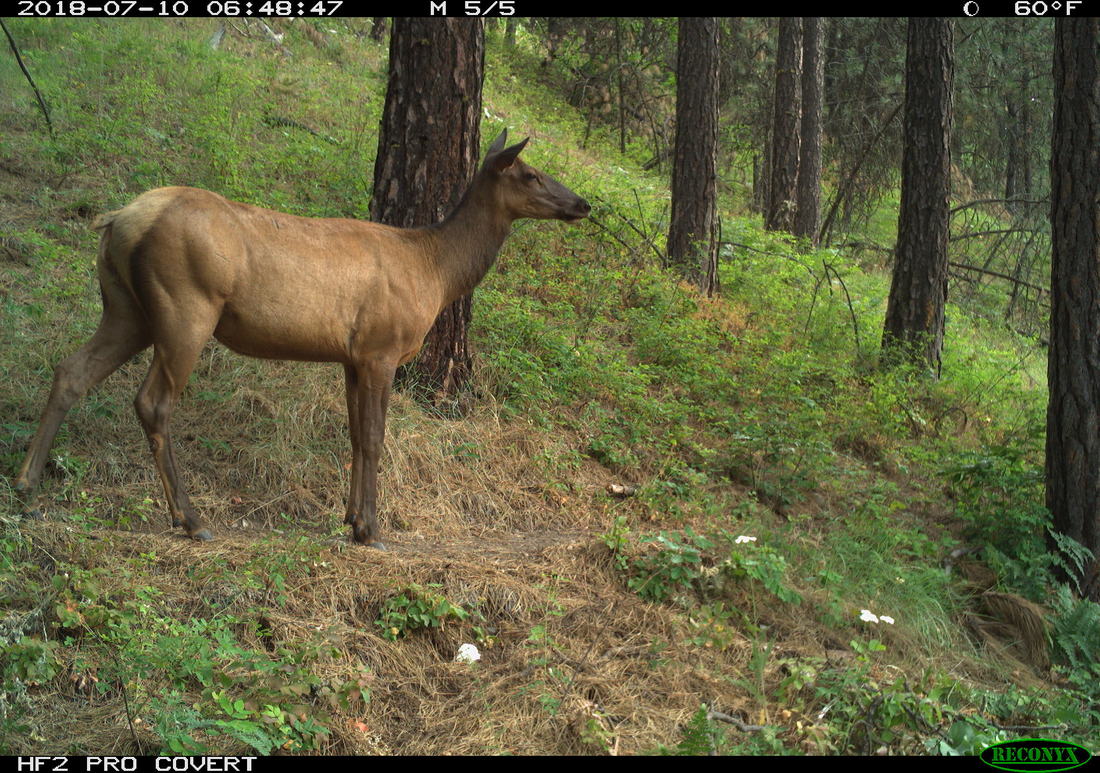
Eastern Washington is home to a diverse community of wildlife species, including cougars, black bears, wolves, white-tailed deer, mule deer, elk, moose, and mesocarnivores, offering a unique opportunity to study patterns of predator-prey interactions in a working landscape. Evaluating where, when, and why these species occur together at different spatial and temporal extents is fundamental to understanding their interactions, as well as making informed wildlife management decisions. The objective of this research is therefore to assess patterns of space-use, including habitat associations, co-occurrence, and movement, and temporal patterns, including peaks in daily activity and detection rates, of interacting species in Eastern Washington to better understand how the indirect effects of predator-prey interactions influence an entire wildlife community. Results from this research will provide information about when and where predators and prey overlap in space and time, as well as how that varies with land use practices and environmental variables, all of which can impact the outcome predator-prey interactions.
We deployed 120 trail cameras across the Washington Predator-Prey Project (WPPP) study areas with the goal of photo-capturing ungulates and medium- to large-bodied predator species in Eastern Washington. Starting June 2018, cameras were deployed for one year and then moved to new locations for three consecutive years (until June 2021), resulting in ~360 unique locations being monitored over the course of the study. Over 100 undergraduate students from the University of Washington's College of the Environment classified each camera trap image with the help of Microsoft's image recognition AI ("MegaDetector"). We used occupancy models and other quantitative methods to evaluate species co-occurrence, daily activity patterns, and fine-scale avoidance or attraction behaviors of predators and prey. Using the GPS-collar data collected by the WPPP, we also evaluated how animal movement changed with respect to predator hunting behaviors. Finally, we used both data sets to assess the strengths and weakness of camera traps versus GPS-collars when studying animal habitat use.
Funding: WDFW, USDA
UW Project Leads: Dr. Beth Gardner (PI), Sarah B. Bassing (PhD Candidate)
We deployed 120 trail cameras across the Washington Predator-Prey Project (WPPP) study areas with the goal of photo-capturing ungulates and medium- to large-bodied predator species in Eastern Washington. Starting June 2018, cameras were deployed for one year and then moved to new locations for three consecutive years (until June 2021), resulting in ~360 unique locations being monitored over the course of the study. Over 100 undergraduate students from the University of Washington's College of the Environment classified each camera trap image with the help of Microsoft's image recognition AI ("MegaDetector"). We used occupancy models and other quantitative methods to evaluate species co-occurrence, daily activity patterns, and fine-scale avoidance or attraction behaviors of predators and prey. Using the GPS-collar data collected by the WPPP, we also evaluated how animal movement changed with respect to predator hunting behaviors. Finally, we used both data sets to assess the strengths and weakness of camera traps versus GPS-collars when studying animal habitat use.
Funding: WDFW, USDA
UW Project Leads: Dr. Beth Gardner (PI), Sarah B. Bassing (PhD Candidate)



